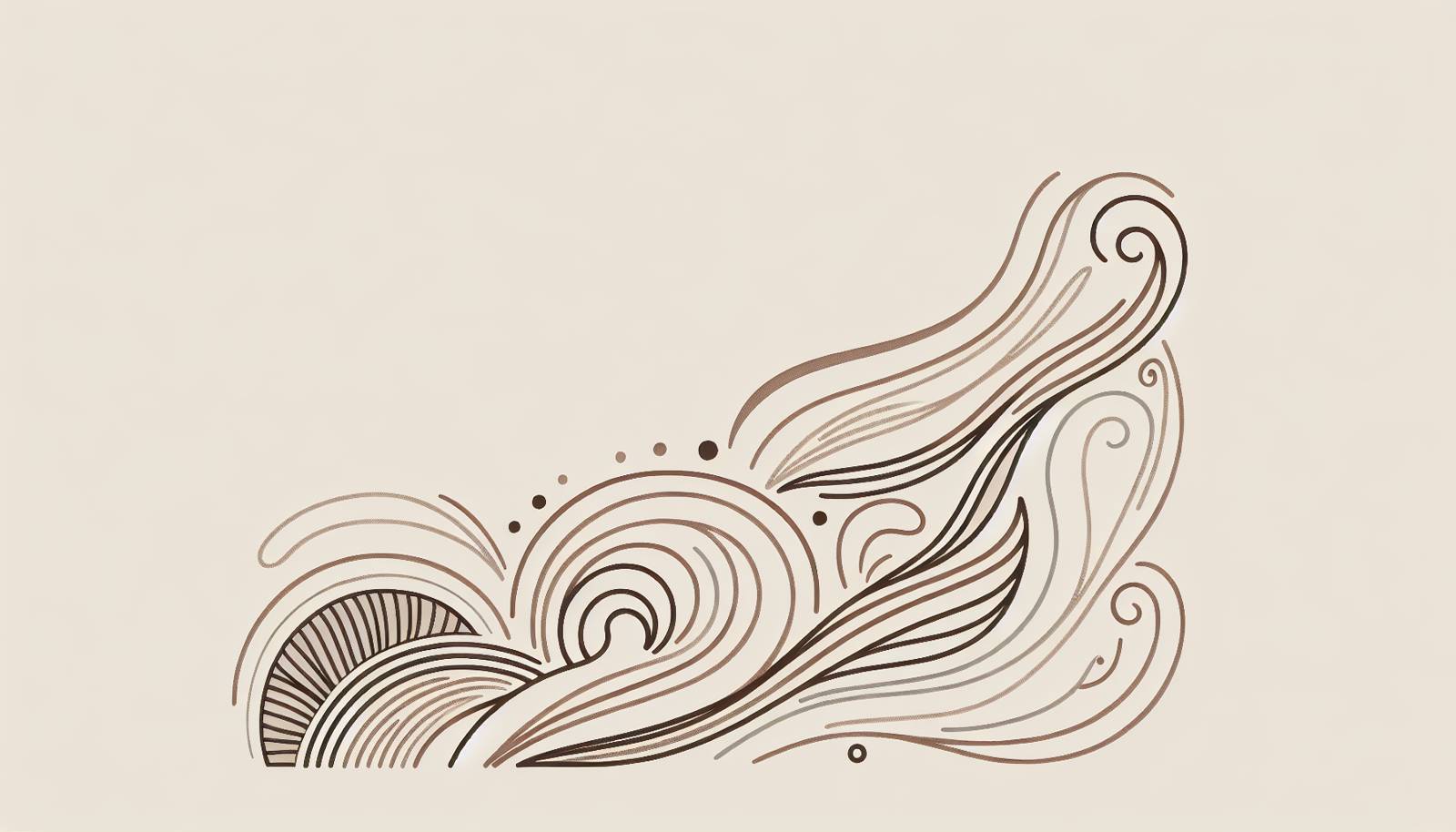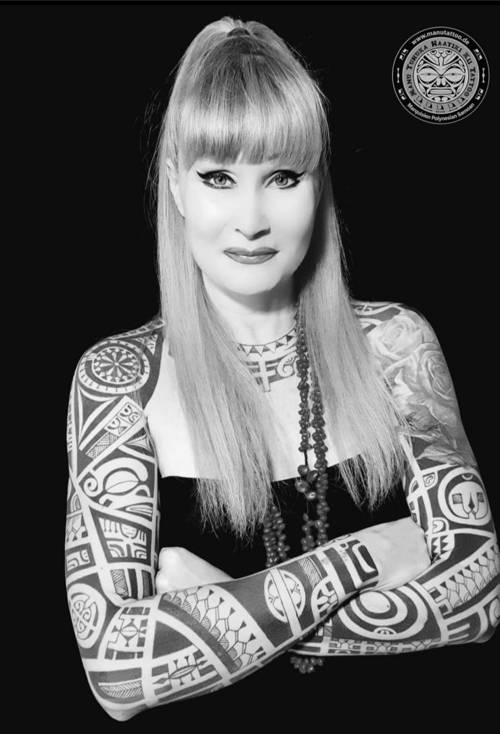
FAQ About The Cultural Significance of Tattooing in Polynesian Societies

What is the cultural significance of tattoos in Polynesian societies?
In Polynesian societies, tattoos are deeply embedded in cultural identity and social hierarchy. They serve as markers of status, lineage, and identity, often indicating a person's rank, achievements, and familial ties. Tattooing is a sacred art that connects individuals to their ancestors and the spiritual world. The designs and placement of tattoos are highly symbolic, with each element representing specific meanings related to the individual and the community.

How did tattooing originate in Polynesian cultures?
The practice of tattooing in Polynesian cultures has ancient roots, believed to have originated over 2,000 years ago. It is thought that the word "tattoo" itself derives from the Polynesian word "tatau," which means to strike. Tattooing began as a sacred ritual, symbolic of bravery and endurance, as the process was extremely painful. The origins are deeply tied to mythology and the oral histories of Polynesian peoples, often associated with divine creation and teachings from the gods.

What are common motifs in Polynesian tattoos, and what do they symbolize?
Common motifs in Polynesian tattoos include spirals, geometric shapes, natural elements, and animals, each with specific symbolic meanings. For example, the turtle represents longevity and fertility, while the shark symbolizes protection and guidance. Geometric shapes might reflect strength and courage, and spirals can indicate the cycle of life and eternal connection with the universe. Each motif is carefully chosen to reflect the individual's identity, heritage, and personal experiences.

How is tattooing performed in traditional Polynesian societies?
Traditional Polynesian tattooing is performed using tools made from natural materials, such as bone, tusks, or shells, carved into comb-like instruments. The tattooing process is a sacred ritual, often conducted by a highly respected tattoo master, known as a "tufuga" or "tahua." Ink is made from natural ingredients like soot or plant dyes. The process is lengthy and painful, emphasizing the wearer's endurance and commitment to their cultural values and identity.

What is the role of a tattoo artist in Polynesian cultures?
In Polynesian cultures, the tattoo artist, known as "tufuga" or "tahua," holds a prestigious position within the community. They are seen as keepers of ancient knowledge and skilled practitioners of a sacred art. The role of a tattoo artist is not just to apply designs but to guide individuals in choosing motifs that align with their identity and social standing. Tattoo artists are typically trained through rigorous apprenticeships and are deeply respected for their craftsmanship and spiritual insight.

What is the significance of facial tattoos in Polynesian cultures?
Facial tattoos are of particular significance in many Polynesian cultures, often symbolizing high social status and achievement. For instance, the Māori of New Zealand traditionally practiced "moko," a type of facial tattoo that conveyed lineage, rank, and personal history. These tattoos are deeply personal, and their placement and design are unique to the wearer, serving as a permanent record of personal and ancestral identity.

Are there gender-specific tattoos and practices in Polynesian societies?
Yes, there are often distinct tattoo designs and traditions for men and women in Polynesian societies. Men's tattoos typically symbolize physical strength, leadership, and warrior status, with designs covering broad areas like the arms, back, and legs. Women's tattoos might focus on beauty, fertility, and social connections, often appearing on areas like the hands, lips, or chin. These gender-specific distinctions highlight the different roles and attributes valued within the culture.

How has Polynesian tattooing evolved in modern times?
In modern times, Polynesian tattooing has experienced a revival and globalization, influencing tattoo art worldwide. While traditional practices and symbols are preserved, contemporary adaptations have emerged, blending ancient motifs with modern artistic elements. Polynesian tattooing today continues to celebrate cultural identity, serving as a source of pride for many Polynesians both within their communities and across the globe.

Do Polynesian tattoos have religious connotations?
Yes, in many Polynesian societies, tattoos have religious and spiritual connotations. They are often seen as a connection between the material and spiritual worlds, with designs embodying protection, guidance, and ancestral presence. Tattoos can mark religious milestones or signify roles within spiritual and ceremonial contexts, highlighting the wearer's relationship with the divine and the cultural cosmos.

What are some misconceptions about Polynesian tattoos?
A common misconception about Polynesian tattoos is that they are merely decorative. In reality, these tattoos are deeply symbolic, with each element having specific meanings. Another misconception is that all Polynesian tattoos look the same, whereas they are highly personalized, reflecting the individual's personal and ancestral story. Understanding these cultural nuances is crucial to appreciating their true significance and avoiding cultural appropriation.

How do Polynesian cultures view tattooing as an aspect of identity?
Polynesian cultures view tattooing as a fundamental aspect of identity. Tattoos serve as visual representations of an individual's lineage, rank, and personal stories. They are also a form of expressing cultural pride and belonging. Tattoos are integral to one's self-perception and community status, often marking rites of passage and personal achievements, thereby deeply intertwining with one's sense of identity and heritage.

Why do Polynesian tattoos often cover large parts of the body?
Polynesian tattoos often cover large areas of the body to reflect the comprehensive nature of one's identity and social responsibilities. These designs are not just personal but also communal, conveying complex stories and relationships. The expansive coverage symbolizes protection and commitment, visualizing the interconnectedness of the bearer’s personal, familial, and cultural identity.

How do Polynesian tattooing practices differ between islands?
Although there are commonalities, tattooing practices often differ significantly between Polynesian islands, such as Samoa, Hawaii, Tahiti, and New Zealand. Each culture has unique motifs, techniques, and customs unique to their histories and social structures. For example, Samoan tattooing ("tatau") involves extensive designs over the lower body and is often performed in ceremonial contexts, while Māori tattooing ("ta moko") focuses on facial designs that tell personal and ancestral stories.

What is the process of receiving a traditional Polynesian tattoo like?
Receiving a traditional Polynesian tattoo typically involves a multi-step process that begins with consultation and design selection based on the individual's ancestry and achievements. The actual tattooing is performed with traditional tools, which can be painful and lengthy, emphasizing the wearer’s strength and commitment. The process is often ceremonial, involving chanting, music, and community participation, signifying the cultural and spiritual importance of the tattoo.

Are there any taboos or traditions associated with Polynesian tattooing?
There are several taboos and traditions associated with Polynesian tattooing. For instance, tattoos are traditionally received only after the individual earns them by reaching certain milestones. The inappropriate use of motifs, especially by outsiders, is often seen as disrespectful or as cultural appropriation. Certain designs or placements may also be reserved for people of specific lineage or status, reflecting the intricate social rules embedded in tattooing traditions.

What is the impact of globalization on Polynesian tattooing?
Globalization has brought both challenges and opportunities for Polynesian tattooing. On one hand, it has led to cultural appreciation and the sharing of art across the world, often sparking renewed interest in traditional practices. On the other hand, it has raised issues of cultural appropriation, where designs are taken out of context, losing their cultural and spiritual meanings. Polynesian communities continue to navigate these dynamics, striving to balance tradition with modern expression.

How do Polynesian tattoos tell a personal or family story?
Polynesian tattoos are designed with intricate symbols that tell stories of the wearer's personal experiences, achievements, and lineage. Each design element is chosen not merely for its aesthetic value but for its meaning and connection to family history, social status, and cultural identity. This storytelling aspect makes each tattoo unique to the individual, serving as a permanent record of personal heritage and communal ties.

Are there famous historical figures known for their Polynesian tattoos?
Several historical figures are known for their Polynesian tattoos, including chiefs and warriors who wore them as marks of their status and achievements. European explorers, like Captain James Cook, documented Polynesian tattoos, sparking interest in the art form in the West. These historical records highlight the importance of tattoos in defining leadership and cultural identity in Polynesian societies.

What role does tattooing play in Polynesian rites of passage?
Tattooing plays a significant role in Polynesian rites of passage, often marking critical transitions in an individual's life, such as puberty or achieving a certain societal role. These tattoos symbolize personal growth and readiness to take on greater responsibilities within the community. The act of receiving a tattoo during these rites is both a personal and communal event, signaling a deeper connection to cultural heritage and adult identity.

What materials were traditionally used for making tattoo ink in Polynesian cultures?
Traditional Polynesian tattoo ink was made from natural materials, such as the soot of burned candlenuts or other plant-based dyes. The selection of ingredients could vary between cultures and was often connected to the spiritual and symbolic meanings of the tattoos. The natural ink not only ensured the permanence of the tattoos but also reinforced their connection to the earth and spiritual world.
